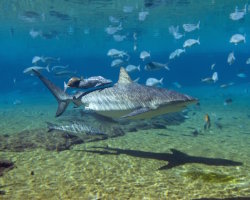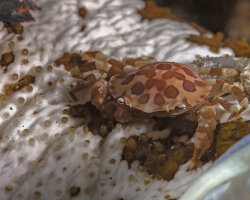Sealife guideThe neptune's laceReteporella grimaldii
Last updated on 08/20/2024 at 08:58 PM
Taxonomy
- Common name: Neptune's lace
- French name: Dentelle de Neptune
- Spanish name: Encaje de Neptuno
- Scientific name: Reteporella grimaldii (Jullien, 1903)
- Family name: Phidoloporidae
- Order name: Cheilostomatida
- Class name: Gymnolaemates [Gymnolaemata]
Description
Neptune's lace is one of the most easily identifiable species of bryozoans in the Mediterranean sea due to its distinctive shape !
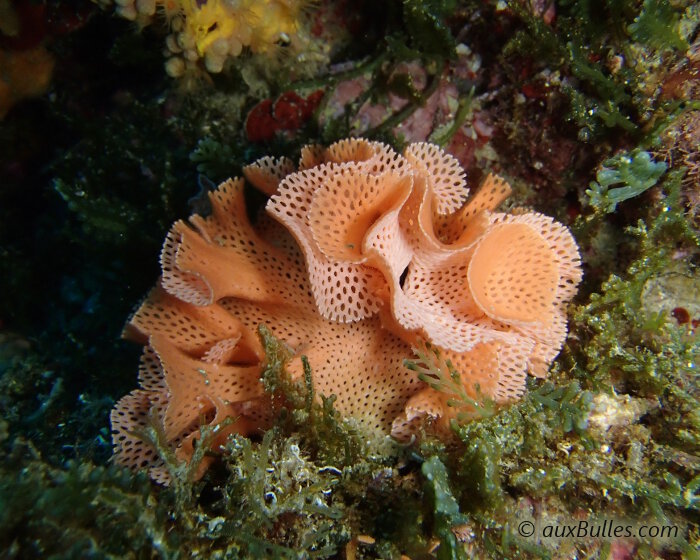
Neptune's lace raises its wavy petals perforated with a multitude of tiny holes. A true masterpiece of craftsmanship under the sea !
Just a fraction of an inch for a zooid, the scientific name for an individual, which when grouped together, they form colonies that can reach several inches, or even up to four inches in diameter. These colonies take the shape of a flower with delicate, lace-like petals perforated with a multitude of tiny holes that gently ripple around its center, hence the name. A true masterpiece of craftsmanship under the sea !
Neptune's lace has a rigid, calcified structure that rises above the substrate, with a color that ranges from yellow to salmon pink.
Geographic range
Neptune's lace is a species of bryozoan that is widely distributed in the Mediterranean Sea and more occasionally along the coasts of the eastern Atlantic Ocean.
Habitat
Neptune's lace lives in colonies sheltered from light along the walls of cliffs and rocky overhangs exposed to shadow, or inside small crevices and caves. Neptune's lace occasionally grows around the stems of plants like Posidonia, which provides an ideal support for it to spread its petals and effectively filter seawater.
Neptune's lace is found at depths of up to about 130 feet in areas protected from currents due to its extreme fragility.
Diet
Like all bryozoans, Neptune's lace feeds by filtering seawater through its crown of tentacles, known as the lophophore.
Reproduction
Neptune's lace exhibits both asexual and sexual reproduction. Asexually, the colony grows in size and number of individuals through budding at its ends, though sometimes a new individual is released to start a new colony. Sexually, the hermaphroditic individuals within the colony fertilize each other, producing larvae that, once released, will form new colonies.
Tips for observing
As with everything underwater, admire with your eyes the result of the meticulous work done by these tiny marine animals known as bryozoans, but be careful not to touch Neptune's lace, as its delicate calcified structure is very fragile !
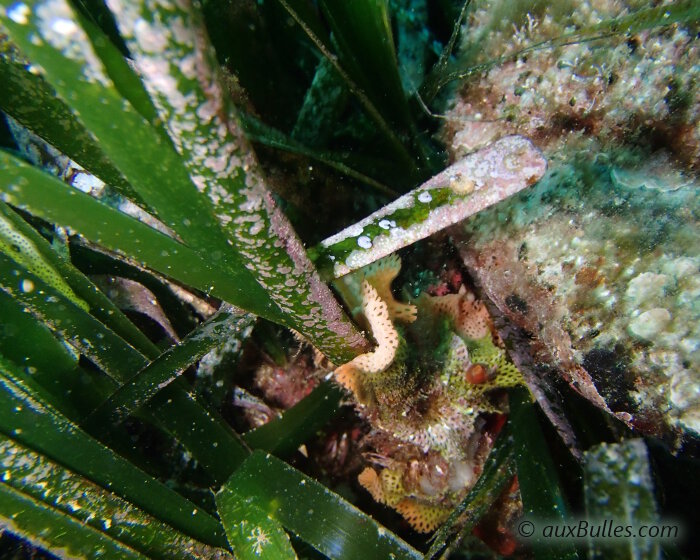
Neptune's lace occasionally grows around the stems of plants like Posidonia, which provides an ideal support for it to spread its petals and efficiently filter seawater.
The marine species from Mediterranean sea
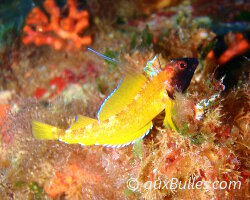
Black-faced blenny
(Tripterygion delaisi)
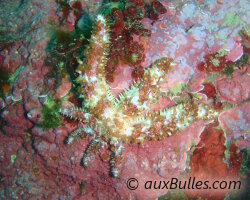
Blue spiny starfish
(Coscinasterias tenuispina)
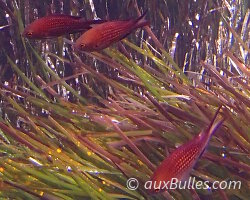
Damselfish
(Chromis chromis)
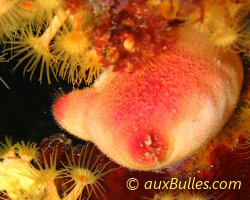
Red sea-squirt
(Halocynthia papillosa)
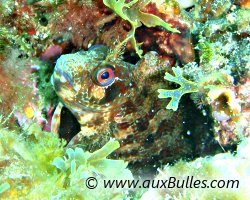
Tompot blenny
(Parablennius gattorugine)
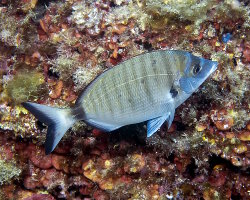
White seabream
(Diplodus sargus)
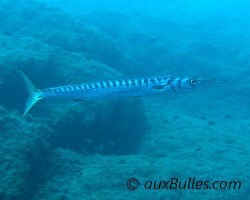
Yellowmouth barracuda
(Sphyraena viridensis)
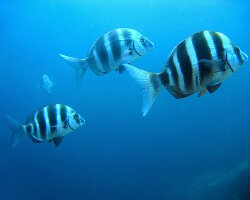
Zebra seabream
(Diplodus cervinus)












